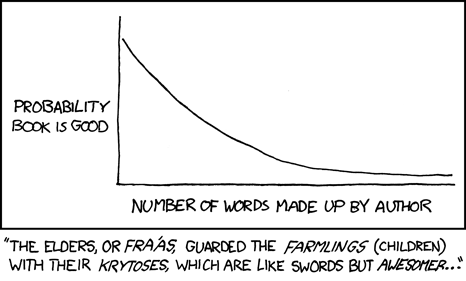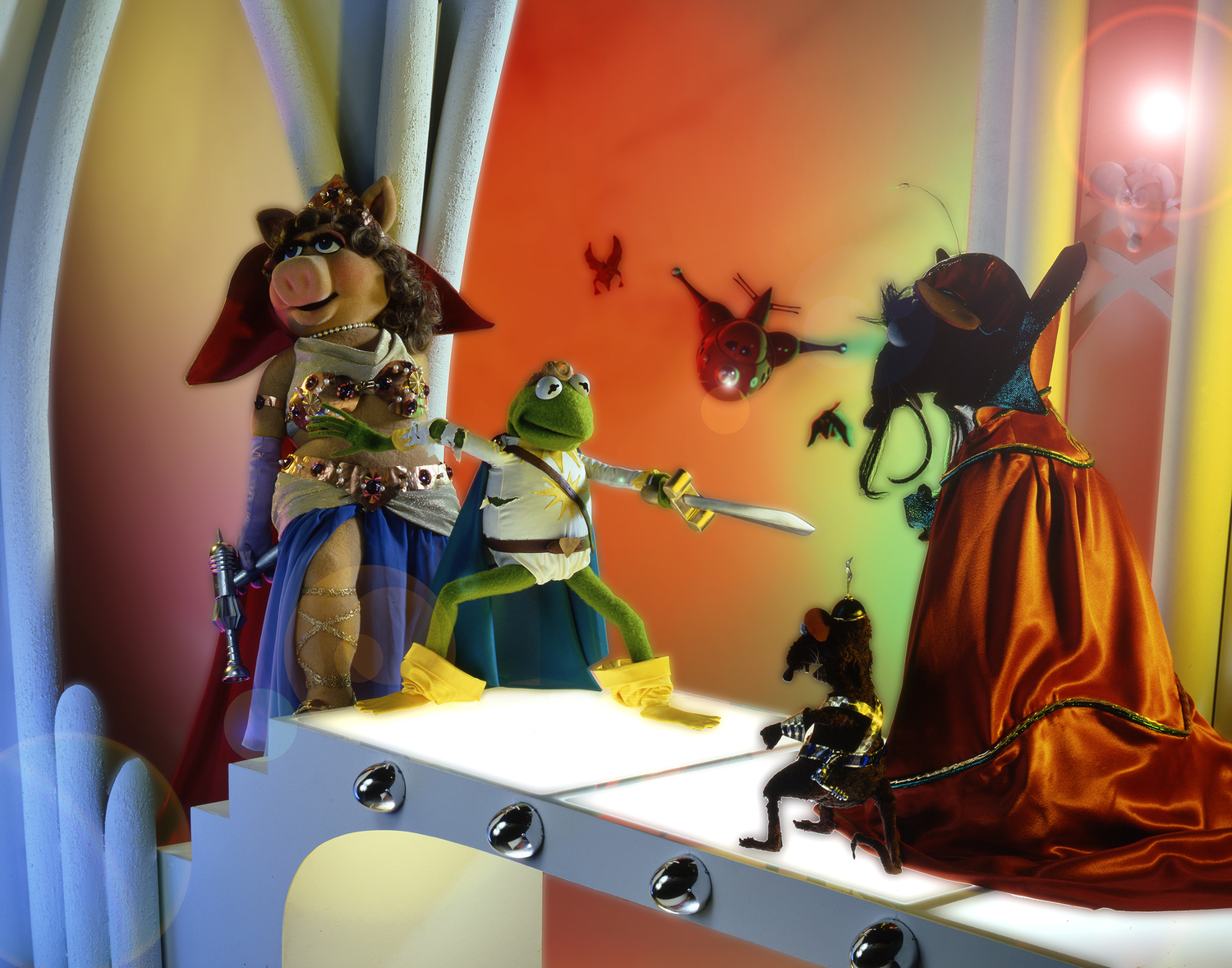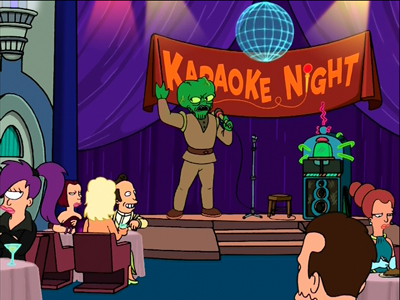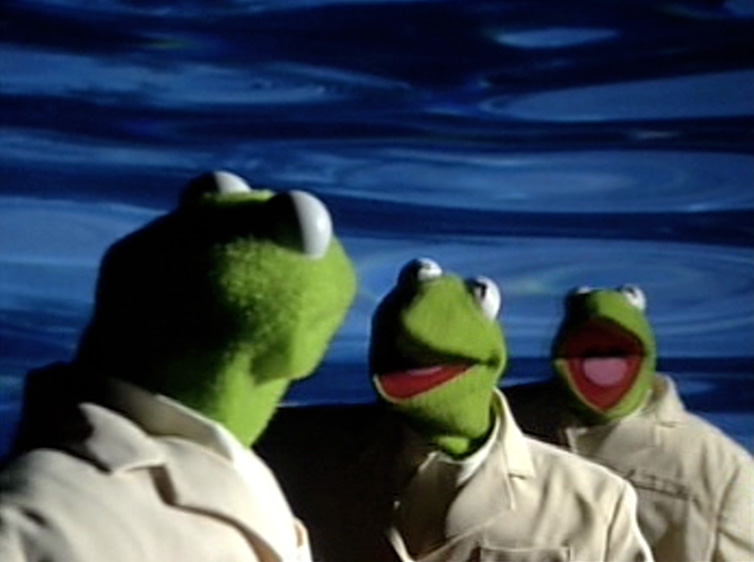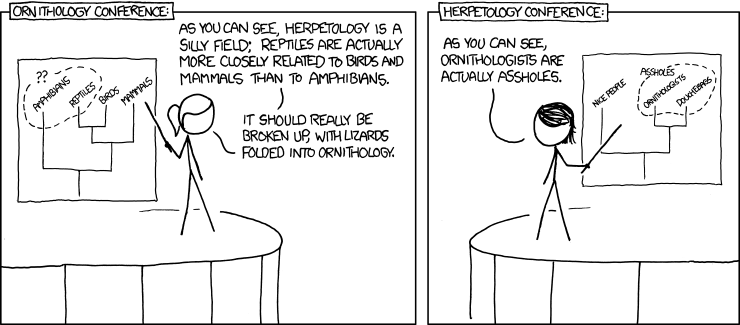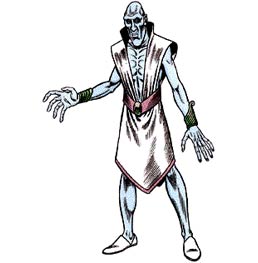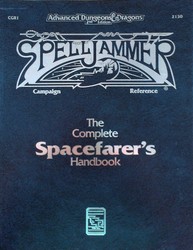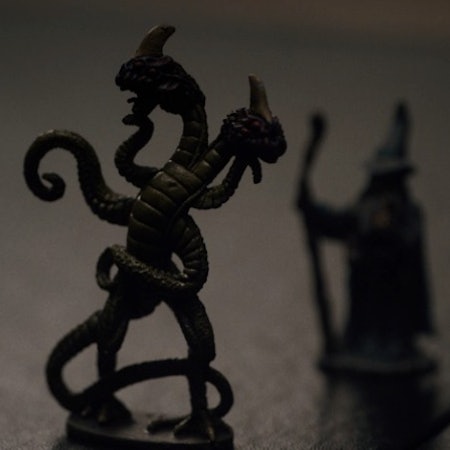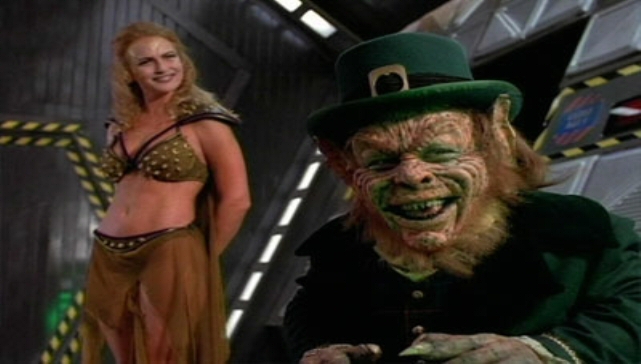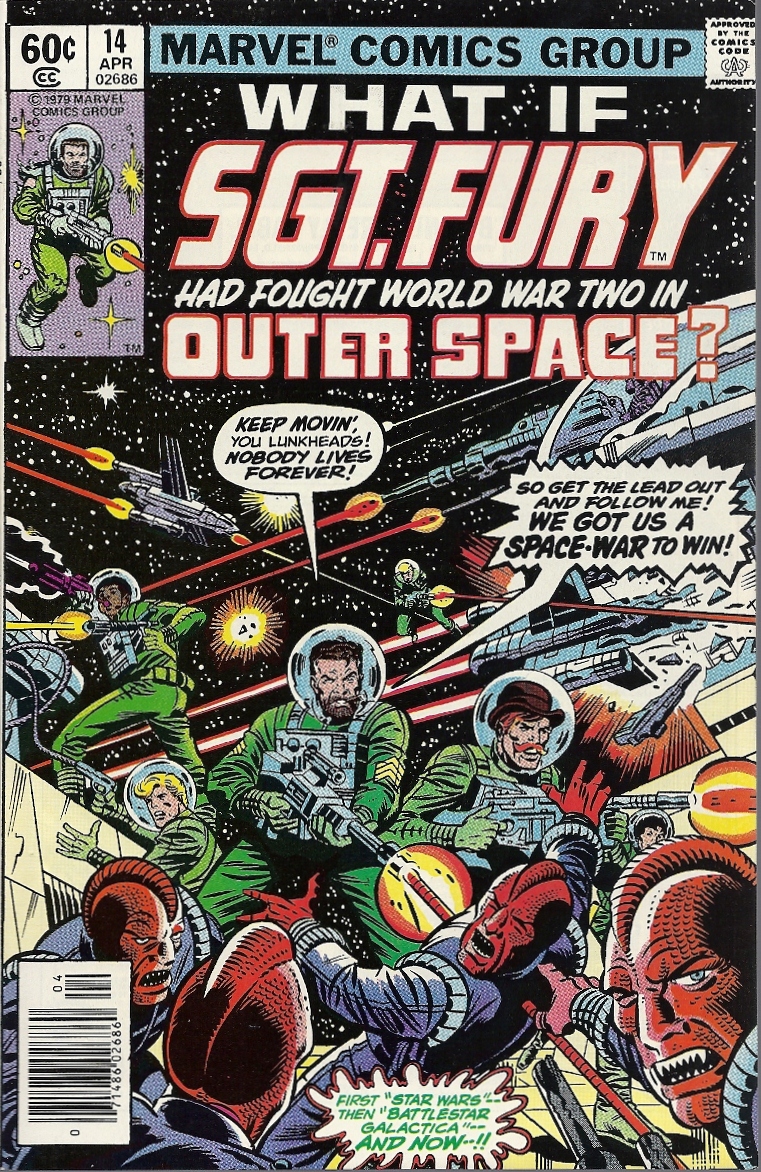The Complete Spacefarer's Handbook

Dildos!
Planescape was built on the cosmology laid out by early D&D in works like the Deities & Demigods Cyclopedia, which was itself an effort to shoehorn as many real and fictional pantheons into the same fictional space as possible. It was quintessentially a D&D conceit: that you could theoretically walk from heaven to hell and back again.
Which makes its quirky older cousin all the more bizarre. Because Spelljammer was nothing less than "D&D...in space!"
I'm not sure what the literary precedents for this are. By the time Spelljammer had come out, we'd already been to the Moon. We knew how big space was, how difficult and costly it was to get up there, how easy it was to fuck up and die. Most of the science fiction from the Golden Age right up through the 80s emphasized some of the basic difficulties of space travel. Spelljammer treated it like playing pirates.
Talk about "phlogiston," "crystal spheres," and crap like that played lip service to some old "scientific" theories, but Spacejammer was a very high concept fantasy setting...and it got supremely, bizarrely weird. No, I take that back: it started out supremely weird, and then they broke the dial off, invented a new dial that went higher, and broke that one off too.
If you ask random or even especially knowledgeable people who played 2nd edition they would probably tell you that there was a thing called the “Complete Series” which was a series of expansion books on a variety of topics that were filled with oddball collections of essays, power creep options, optional rules, fanfiction, and whatever the fuck else fit the page count and the author's prejudices. That's certainly how it was experienced in real time. But TSR the company seems to have believed that there were a number of book series that were all “references” that were tied to various facets of the game. So there were players handbook references, and dungeon master's guide references, and historical references. And the Complete Spacefarer was supposed to be part of a brand new line called the Campaign Reference Series.
It is historical fact that they only ever made three of these books, and they are so obscure that as of this writing, none of them even appear in the fucking Wikipedia list for D&D rulebooks. That page lists Monstrous Compendium Ravenloft Appendix II: Children of the Night, but the fucking Complete Spacefarers Handbook is too dubious an event for Wikipedia to even record. The two subsequent books in the series (which, oddly, are both about being lost in the desert for some reason) are even more sketchy, to the point where even those websites that acknowledge that the series ever existed will often claim that there are only one or two books in it. It is factually true that there were two books after the Complete Spacefarers, which were the Complete Gladiators and the Complete Sha'ir. Also it's entirely possible that despite reading a history rant on a D&D forum that you do not know anyone who has ever
touched a physical copy of either of those books. The whole series is made of books that didn't make a big splash is what I'm saying.
No part of the Complete Series ever had a style guide or a setting bible or a rules guru. They didn't have the same editors or developers. Even accounting for the fact that some people inside the company thought that they were making several distinct book series, there is no consistency or common vision to be had. There are books like the Complete Priest which are basically tirades about various nerfs that the author thinks you should use, and books like the Complete Elves that were wall to wall power creep options, and everything in between.
Part of this is, I think, because TSR was looking at ways to tie its settings together and/or cross-market them by publishing "generic" setting-specific products - or at least, I can't think of another reason for Demihumans of the Realms coming out in a brown cover. Spelljammer pretty much from its inception was designed as a relatively low-cost way for adventurers to slip into (or out of) established campaign settings without mucking around with Stargates gates and portals and plane shift. Which is really weird if you stop to think about it for even half a second, because plane shift suggests that different campaign settings are essentially parallel universes, and Spelljammer suggests that you can basically physically fly between them if you can hold your breath long enough.
And a lot of these books were essentially for flipping through to see what material you could steal to twink-out your own character. New spells, new proficiencies, new weapons, etc. It didn't always work - because settings like Dark Sun operated on slightly different operating principles than Dragonlance...

There is a more appropriate panel in this comic, where the Wizard has been shifted to another plane and finds out half of his spells don't work because of errata, but I'd like to take this moment to remind everyone that Kender are a hate crime and Dragonlance was a shit setting.
Spelljammer is in many ways the quintessential 2nd edition setting. It was never the most popular 2nd edition setting (that was always Forgotten Realms, but rivaled at various points by various flavor of the week settings), but it's the setting that came out contemporaneously with 2nd Edition's release. It was completely gonzo in all the ways 2nd Edition wanted to be gonzo. Remember that this is an edition where the World Builder's Guidebook gave a chart for what shape the planet was and most of the time gave you something other than a sphere. I don't know why, but 2nd Edition AD&D really expected you to have adventures on flat worlds and inside hollow words and on worlds that were dodecahedrons and cubes and shit. I don't know why. No one knows why. But that's the kind of out-there fantasy 2nd edition wanted to promote, and Spelljammer was all up in that shit.
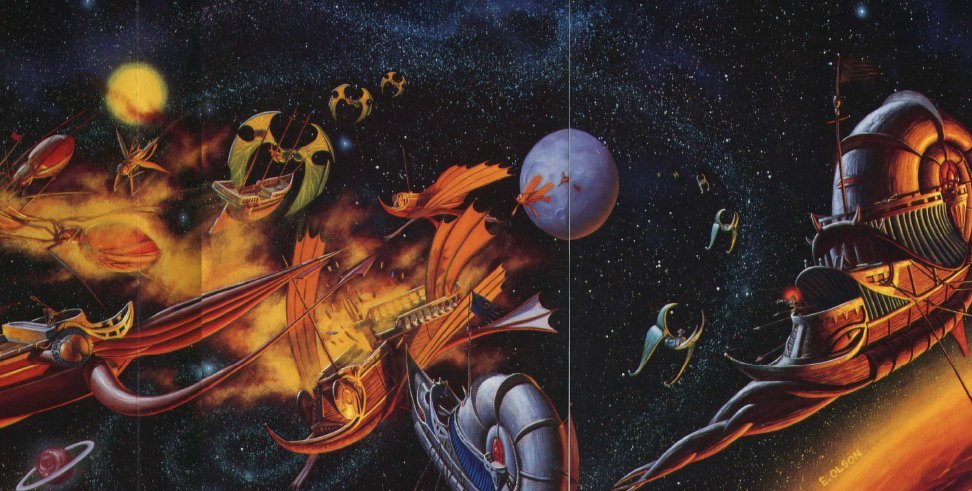
Ramming Speed!
This stands in stark contrast to the staid conservatism of pretty much every other part of the game. AD&D2
(and Spelljammer) came out in 1989 – the same year as Shadowrun – and yet the game was still using up-is-down Armor Class, unique mechanics for every skill use, the basic assumption that the DM was going to have to write much of the game mechanics on the fly, and in every other way still very much looking like a basement produced RPG from the 1970s. You saw that all the way through 2nd Edition, like how the Complete Book of Elves suggests that you start planning your campaign by writing up the creation of the planet and yet still can't bring itself to dump Gygaxian bullshit like racial level limits. So that's Spelljammer. It's the end of the eighties, and we trot out our new edition of the game and our new setting and TSR has the opportunity to make a streamlined game and a popular setting and basically unify gaming for a decade or more, but instead they choose to faff about with books that look like they could have been written before I was born.

Spelljammer probably doesn't get looked at as closely as it should, because it was such a massive disappointment. People were basically looking for a new D&D that cleaned shit up, and there's pretty much no part of 2nd edition that you could even generously accuse of cleaning up anything. 2nd Edition was considered a base betrayal by much of the fanbase, and honestly so was Spelljammer. We were asking for a unified field theory of D&D. Instead we got literal epicycles and crystal spheres.
But that doesn't mean there aren't good ideas in Spelljammer. Spelljammer is a setting where the authors appear to have been your 12 year old gaming buddies who wanted their fighter to kill dragons with guitars that shot demon bees.

OK, fine. You have to sift through a lot of “are you fucking kidding me?!” pieces of just regular stupid to get to the “are you fucking kidding me?!” pieces of awesome stupid. Sometimes I don't even know where the line is. It doesn't help that a lot of the art in this edition looks like it was drawn in pen by one of my classmates who wasn't paying attention in English class.
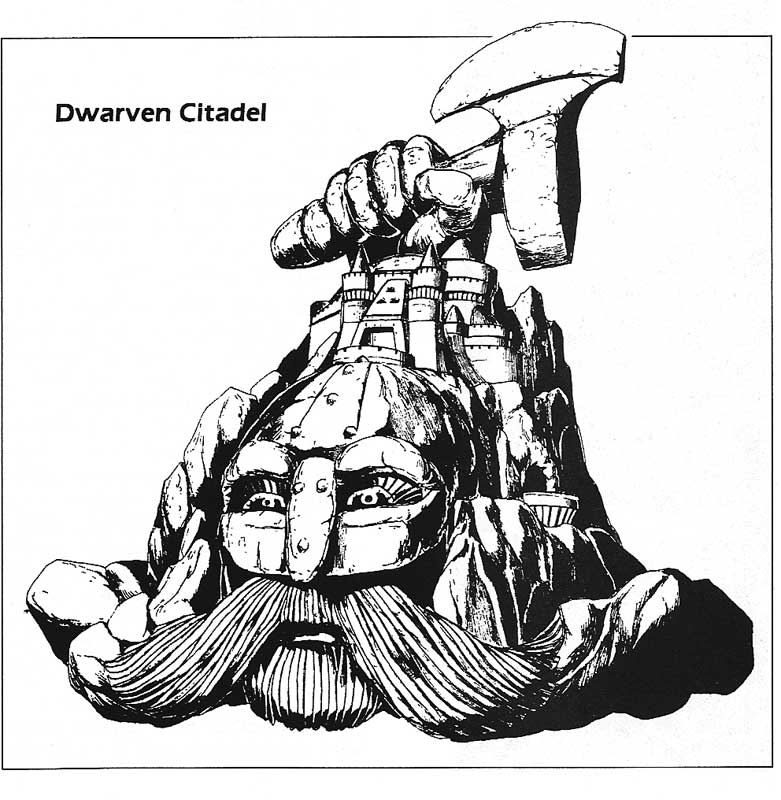
Is this Dwarven asteroid spaceship castle so stupid it's awesome or so awesome it's stupid? I don't even know anymore!
I want to say Spelljammer was a small game line - but it wasn't (and this list isn't even complete!). At least, not by modern standards. Back in the 90s, books would sell for numbers that would make contemporary RPG producers green with envy. You can't say that the TSR folks didn't try to make it work - but it was still a half-assed, uncoordinated effort. Spelljammer was the quintessential optional campaign, the one that the other settings could - and did - ignore when they felt like it.
Why? Because spacefaring culture changes the dynamics of a world - or at least it should. Imagine if, in 1492, instead of finding a new continent (or, really, a group of islands off of a pair of major continents) Christopher Colombus had sailed to Midgard, and came back with the secrets of rune-magic and as much mead as he could carry. It should be a game-changer...and Forgotten Realms and Greyhawk and Dragonlance et al. liked their games very much as they were, thankyewverymuch.
So this book in particular came out in 1992, which was 2 years before Planescape came on the scene, but long enough after Spelljamer's disappointing launch that it was obvious this was a niche setting. I don't know if this was intended as a hail mary to try to save the setting or just a fill in the blanks book to keep the writing gnomes busy. Could have gone either way, TSR's management in the 90s was so legendarily bad that I would have no trouble accepting the claim that they had no idea which products or settings were popular or not and pretty much greenlighted projects with a dart board. Indeed, I have heard pretty much exactly that claim from more than one person who worked for the company during the period.
There is no way to get any information from the writers. For one thing, there's actually only one writer. For another thing, the writer Curtis M. Scott died in a car accident on the way to Gencon to promote this book. Really. This book had only one writer (credited as a “project designer”) and he died in traffic shortly before giving any public statements about what the fuck this book was supposed to accomplish.
Introduction
Introductions in old TSR products were a real crapshoot. It would be fair to say that the whole purpose an introduction in an RPG product has been in flux for a long time. Mostly you get some high-handed, optimistic sunshine-blowing-up-your-ass about how great the book is, sometimes you get an apology or explanation of what the book is meant to be, or old gaming stories...a lot of times, it's pretty much the only place where the author can directly address the reader, since the rest of the book is "in character" voice. Basically, any intro that isn't Gary Gygax telling you "The Gamemaster is always right" is...uh...y'know what, fuck it. Fuck introductions. All of them, forever.
The introduction is one page long and it's unsigned. Much of it is given over to advertising other TSR products and what is relevant to the book you're reading is pretty much just a dry recounting of what lies ahead in the nine chapters. But it's all in first person plural past, so it's talking about what “we” were trying to do with this book. Normally I wouldn't twig on that stylistic choice, but since I happen to know this book has one author and that he died shortly before the book released, it really stands out. It's not at all clear who was writing this intro, possibly the editor? Maybe an unnamed staffer who had been tasked with cobbling together the draft and trying to decipher a dead man's project notes? I dunno.
They couldn't even fill a page with this. There's a one-inch black bar at the bottom which contains, and I quote:
Why do I like wildspace? It's so BIIIIIIIG! Plus, I like the shopping.
Gaeadrelle Goldring, kender adventurer
Fuck the Kender. They were so very bad in Krynn, and I don't understand why they were allowed to infect other settings.
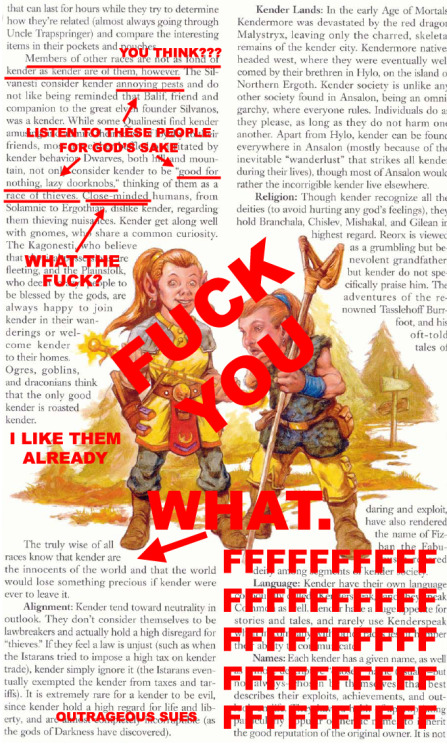
Anyway. The simple assumption that you were playing with the “optional” NWP rules was pretty typical for 2nd edition AD&D. Characters didn't have a lot of toggles for customization, and those that did exist were all optional rules. AD&D expansion rules quickly and decisively embraced the Non Weapon Proficiencies because they were things that expansion material could plausibly sink their teeth into. Like, and for the same reason that 3rd edition expansion materials went nuts with Feats.
But 2nd Edition AD&D never revisited its core book's assumptions, so reading the original PHB and then reading expansion materials from 3 years later is a pretty jarring experience. We're basically talking about a game that grew with the accumulation of precedent like Common Law. But we're also talking about this happening before web forums, so you're reading things that are based on DM rulings from two years ago that happened in an in-house game in Milwaukee and as a reader you have probably never heard from or of any of the people who were at the table where the ruling got made. But the book just carries on as if that ruling was just part of the core rules that everyone knew. It was fucking maddening.
The fact that the introduction even calls this out as a thing is probably another giveaway that we're reading a posthumous introduction. TSR's house-style was just to blunder on about how Halflings had forest stealth powers or some shit because that's how it was at your personal table, and who has time to check what the “written down” version of the rules have to say? So to have the introduction actually call attention to the cognitive dissonance of the rest of the book being written with the assumption that you're using rules that not everyone used sort of implies that this was being written by someone who had read the rest of the manuscript and was trying to make sense of it.
You have to remember, this was back in the day when your Monstrous Manual could well be a three-ring binder. It was the only way to keep the fuckers in alphabetical order.
D&D was a system first and a game second - more like GURPS than World of Darkness. As such, the rules did not always work nice together. In some places, they outright contradicted. This was another technical hurdle with Spelljammer in particular: what do you do when you travel from one Crystal Sphere to the next, and suddenly magic missile is a 2nd-level spell? Do energy weapons from Oerth work on Krynn? Such-and-such god is dead on Toril, but can I still worship them over here? &c, &c.
Mostly, these questions went unanswered. Hell, there's a famous anecdote about the origins of dual-classing where a player's mage character was stuck on another world, away from their spellbooks, picked up a club
and everyone just ran with it. That's the magic of imagination! Or, mindcaulk. Lots and lots of mindcaulk.
There are nine chapters and 128 pages. We'll try to do it in about four or five more posts.



